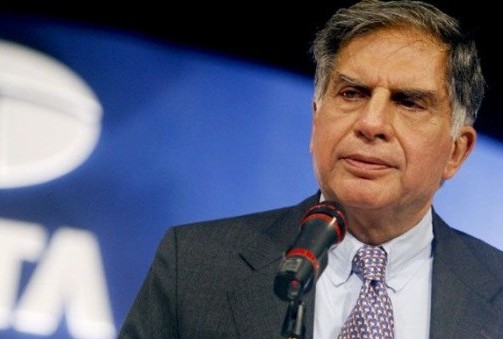CSR: Philanthropy In Asia Has Rich Potential
Related Articles
Trump Welcomes Ceasefire Between India and Pakistan, Promises Big Trade Boost and Support on Kashmir
After days of heightened cross-border conflict, India and Pakistan agreed to a ceasefire on Saturday—an announcement welcomed by US President Donald Trump. Trump praised...
Pakistan has violated ceasefire, Indian Army will respond: Vikram Misri
India's foreign secretary Vikram Misri has confirmed that Pakistani military has carried out multiple ceasefire violations. He further said that the Indian Army would...
Sonu Sood to be Awarded in for Philanthropic Work During COVID-19
Bollywood actor and philanthropist Sonu Sood will be honoured with the prestigious Humanitarian Award at the 72nd Miss World Festival for his exceptional philanthropic...

